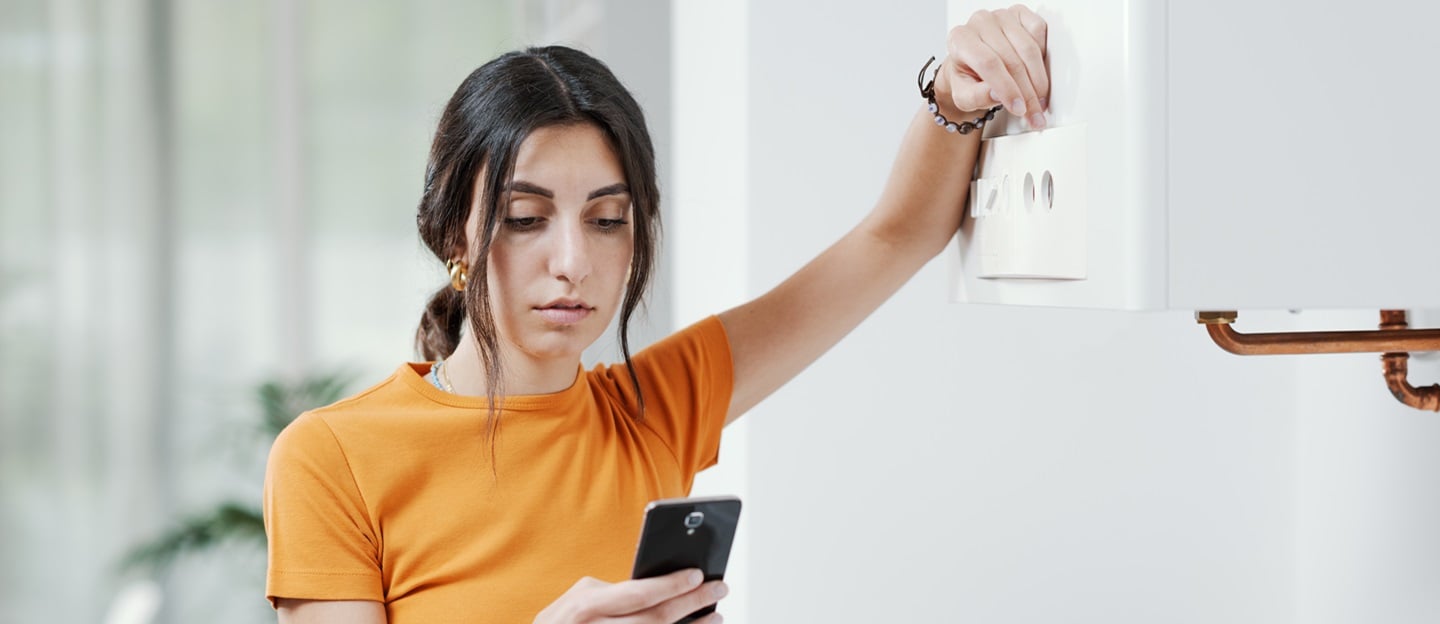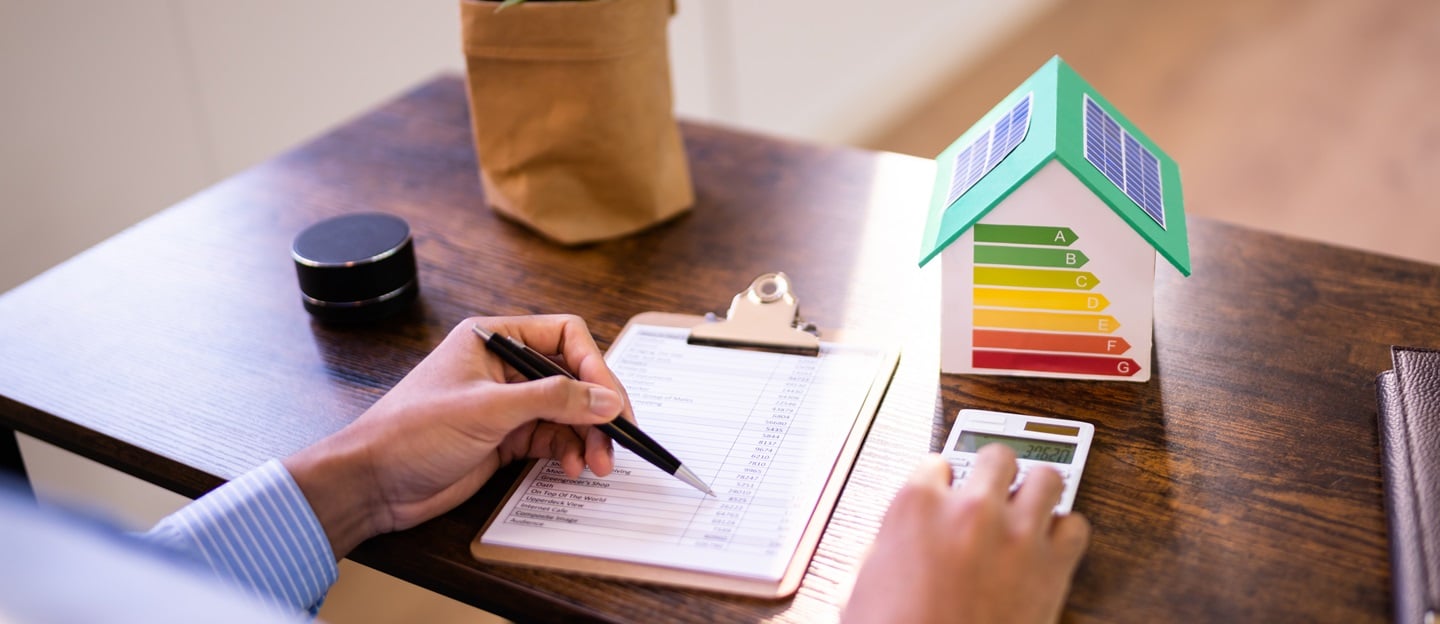Drain the condensation boiler from the condensate
The guide on how to adjust a boiler for maximum energy savings in all home environments. Tips and useful information to avoid heat dispersion.
Setting your boiler: a money-saving guide
Heating costs are one of the biggest outgoings for families, but did you know that you may be able to reduce your energy bill by optimising consumption in your home? To do this, it is important to understand how to set your boiler to save, configuring it to work efficiently. You must take into account a number of factors and keep your boiler in perfect condition, scheduling regular services and cleaning with a qualified technician, as well as considering whether to replace your old system with a high-efficiency boiler.
Set the correct temperature
A significant amount of energy is required to heat your home. Whether you use a gas or electric boiler, the amount of energy needed to provide a pleasant living environment is considerable. One of the factors that most influences consumption is boiler temperature: just one degree higher and your heating could result in a 5-6% increase in your energy bill. This is why it’s essential to set the temperature in an optimal way, keeping it below 20°C and above 18°C, values that are more than enough to make your home pleasantly warm without spending too much.
Always use a thermostat
To save on boiler consumption and comply with legal requirements, you must install a chromothermostat, a device connected to the system that allows you to manage the temperature in a centralised and particularly accurate way. A thermoregulation system is an effective solution for your home, especially for those fitted with autonomous heating systems. Modern chronothermostats offer advanced functions to reduce consumption, to choose different temperatures for each room and set the boiler operating times, for example. The most innovative models, such as modulating room thermostats, guarantee savings of up to 20%. They communicate in real time with the boiler to manage its ignition more efficiently and provide useful information to help reduce consumption.
Install and configure thermostatic valves
Thermostatic valves are devices that can be installed on radiators to control the temperature of each room and bring it in line with your needs. Correctly configuring these systems ensures significant savings on your energy bill, with the chance to save between 10 and 30% on the consumption needed to heat a home. Obviously, you can simplify the management of the boiler temperature with a smart thermostat or a chronothermostat by controlling the autonomous system carefully. Thermostatic valves (mandatory since 2017) are an alternative in condominiums with centralised heating systems. These make it possible to record heating usage for each property and optimise energy expenditure by choosing the right temperature for each room.
Always leave the boiler running
Boilers tend to consume most energy in the first phase, when they start to work and are required to increase the temperature of the water needed to heat your home. Switching the system on and off involves increased energy expenditure, such as when a boiler that has been switched off overnight has to heat a cold room first thing in the morning. To save on consumption, it is advisable to always leave your boiler running, adjusting it carefully but without turning off the system for long periods. This allows you to limit the consumption of gas or electricity, improving the efficiency of the system and obtaining significant savings, as well as protecting the boiler’s internal components.
Set the hot water temperature
Some autonomous systems provide both the heating and hot water for a home, in which case the temperature needs to be carefully configured for this second function. As a rule, the recommended value for hot water in the bathroom and kitchen is around 45-55°C, but this depends on your needs. Keeping the hot water temperature low, by setting a value of 45°C, for example, allows you to save up to 5% on energy consumption. This may seem like a small saving, but at the end of the year it can represent a considerable amount, not to mention a more efficiently operating boiler and reduced environmental impact.
The importance of boiler maintenance
The importance of proper boiler maintenance is often underestimated. An investment that not only allows you to prolong the life of the system, it reduces the risk of breakdowns and malfunctions as well as saving on consumption. It is especially essential to contact a specialist technician to schedule regular services and system cleaning. An expert will be able to carry out all the checks and work required to keep your boiler running efficiently, preventing problems such as deposits due to exhaust fumes or an inadequately performing electrical system from resulting in increased energy consumption. Generally speaking, to keep your system perfectly maintained it is advisable to carry out at least one service every year, before and after the winter season.
Replace your old system with a condensing boiler
In addition to setting your boiler as optimally as possible, you should also consider replacing the system to save on your domestic heating bill. By switching from a traditional model to a condensing boiler you may be able to lower your consumption by more than 30%. Of course, it’s essential to choose the right system based on your energy needs, the size of the building, the number of family members and the geographical location. It is also possible to take advantage of tax concessions, with a bonus of up to 65% that can even reach 110% with the Superbonus, if combined with other energy efficiency measures required by law.





